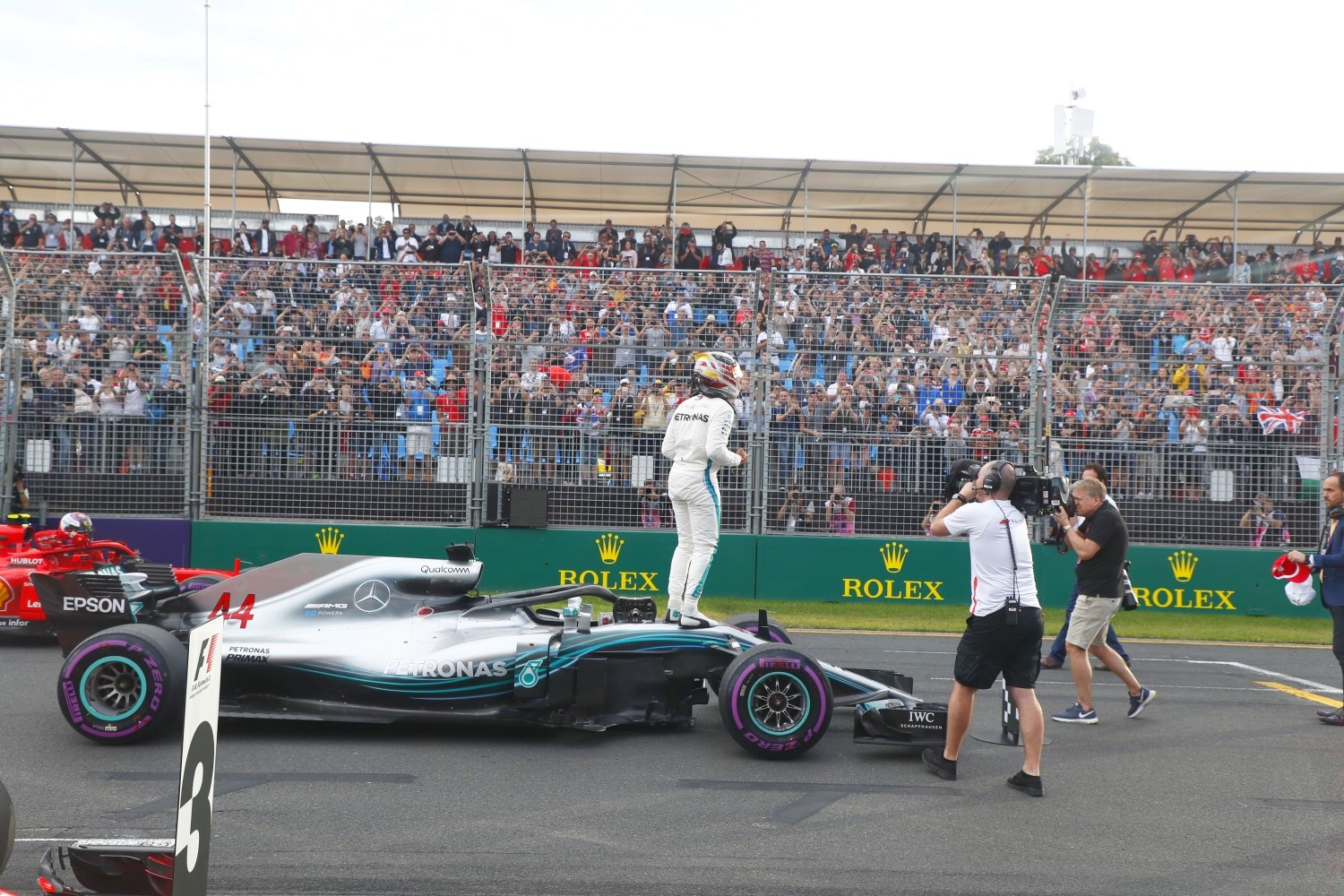F1 Group’s Price Drop Doesn’t Reflect Business Progress
 |
| Formula 1 in China |
Formula One Group (FWONA, FWONK) is down about 20% off its 2017 highs. There seems to be no one obvious reason for its under performance. Perhaps it is fear regarding Ferrari’s threat to leave the racing series if it doesn’t get its way in negotiations (we previously wrote an article explaining why we think this fear is overblown)? Or perhaps it’s just caught in the general downdraft of the poor recent performance of other Liberty Group holdings, such as Trip Advisor, Expedia, or Charter’s recent stock price drop? Regardless of what the market is afraid of, we think there are plenty of good things happening at Formula One that will eventually move the stock price higher.
Formula One’s New Subscription Service and Digital Growth
Formula One recently announced a new OTT subscription service that was slated to be available for the current season (perhaps the delay is another reason the stock is down?). The company is pricing the service at around $8-12 per month (or $96-144 per year), depending on the country. The service will initially be available in English, Spanish, German, and French. It will debut for the desktop and web, with support for mobile apps, Amazon (NASDAQ:AMZN), and Apple (NASDAQ:AAPL) added later. Considering fans were practically begging for a streaming product, we have no reason to believe the service won’t be a hit.
Indeed, World Wrestling Entertainment (NYSE:WWE) recently launched its own streaming network at a similar $9.99 price point, and it quickly attracted 2.1 million subscribers. We don’t see why Formula One, with its broader global appeal, won’t have the same relative success with its streaming product. It is also looking at adding off-season (December through February) content, similar in idea how the NFL was able to turn the off-season draft into a huge media event (not that Formula One would have any type of draft). All the more reason to believe that a Formula One-centric media subscription will be a success.
The group is also doing something that the previous owner did not. As is evidenced by the new streaming service, Formula One is fully embracing digital. Under previous ownership, the group diligently policed social media removing copyrighted material, but made no effort to give fans an easy, legal alternative. Formula One owns a very valuable back catalogue of content and was doing next to nothing with it. Under new management, the group has started posting historic highlights on YouTube and loosened the social media policy for teams, letting them post more content.
All of this has translated into the group claiming to be the fastest-growing sport on social media. Sure, it was growing from a base of about zero, but it still is useful to illustrate the global demand for Formula One content and just how misguided the previous media policy was.
Changes to the Sport
The new ownership is also looking into making changes to the rules and schedule to make the sport more fan-friendly and broaden its appeal.
First, they are looking to add a second race in the US. The leading candidate is a street circuit in Miami around 2020. To keep the schedule manageable, the Azerbaijan race is the one most likely to be dropped. The US is one of the largest media markets in the world, and adding a second race in the US should help the sport gain traction domestically, where it trails NASCAR and IndyCar.
Second, under previous boss Bernie Ecclestone, race locations were moved to richer areas such as Bahrain or Abu Dubai that could pay higher fees, while historical, fan favorite race locations were dropped. The new ownership is looking into changing race locations to increase the appeal of the sport. The company’s embrace of a new streaming service gives it the added benefit of financial flexibility in selecting race locations. Ecclestone was well known for picking race locations based on who could pay the highest fees. Formula Money estimates that a typical 10-year contract for a race might pay Formula One Group about $400 million in total. With the new OTT revenue stream, race locations can be chosen based on the quality of the track, not money.
Third, there is the possibility of new rule changes to encourage more passing and make racing more exciting. It’s worth noting that there is pretty much a perpetual effort to “reform" Formula One, so the potential rule changes should be examined in historical context. There is the usual attempt at reducing the cost to the team to run the series, with the deep-pocketed teams like Ferrari, Mercedes, and Red Bull protesting some (or all) of the changes likely because they prefer the current system that allows them to essentially buy success. We wouldn’t put too much stock on any significant changes happening, but the series is likely to move towards a more level playing field with more lead changes and more passing.
Summary
Overall, we don’t see much bad news out of Formula One that would cause us to lower our value of the stock. Sure, the streaming service being delayed is an issue, but it’s one that will eventually be fixed, and the long-term potential for it remains unchanged. Yes, Ferrari leaving might be a blow, but we don’t see how it makes sense for Ferrari to give up millions in profits to burn through hundreds, or even billions, of dollars to start a rival series. We think Formula One Group stock will eventually rise to reflect the success of its transition under new owners. Strubel Investment Management
